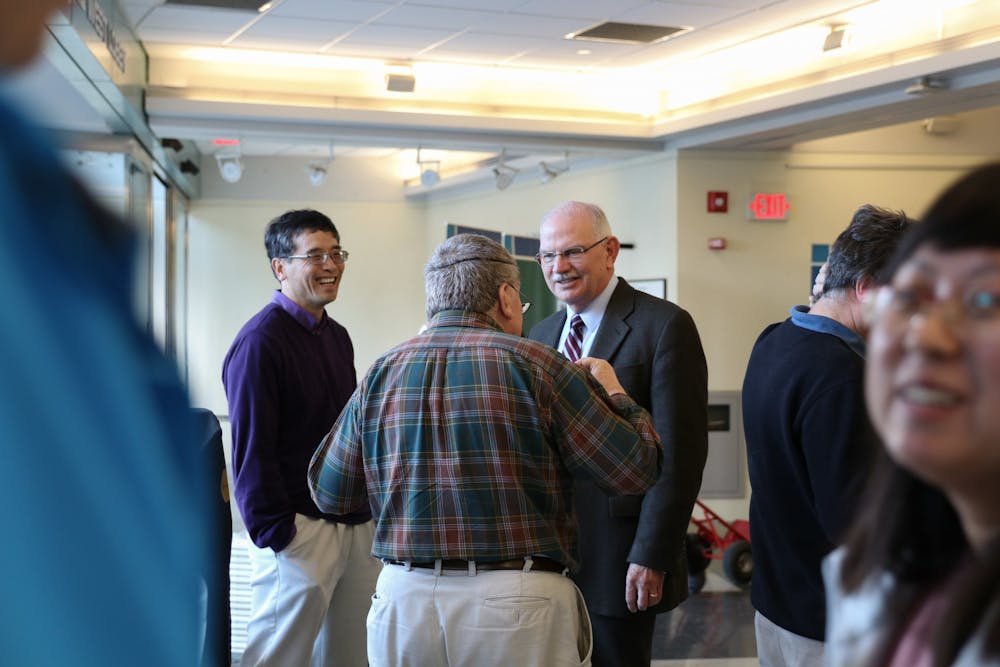A new model developed by researchers at the University, in collaboration with Carnegie Mellon University, improves upon existing methods for tracking epidemics, including COVID-19. The model may become essential for understanding how the disease spreads, aiding world leaders in evaluating the impact of countermeasures like social distancing and quarantine.
“The new model accounts for mutations in a pathogen as it spreads,” Interim Dean of Engineering Harold Vincent Poor wrote in an email to The Daily Princetonian. “This is an improvement, as mutations can change the ease with which a virus can be transmitted from one person to another.”
Poor is a professor of electrical engineering at the University and was one of the authors of the critical study, published on March 17 in the Proceedings of the National Academy of Sciences.
“[The model] can give you a more accurate picture of how the disease will spread,” Poor added.
The model abstracts the spread of a disease by representing people as nodes, and interactions between people as the connections between those nodes. This is all to form a generalized network. A pathogen such as SARS-CoV-2, the virus strain from which COVID-19 results, filters throughout the network, passing from node to node.
The model reflects how the virus’s spreading process can visually and conceptually mirror the spread of information through social networks. In social networks, information can change as it is passed on — like in a game of telephone, where the message delivered by the first person in the chain is often dramatically different by the time it reaches the end.
Such changes, from one node to the next, occur in biological infection. Previously proposed models did not show the pathogen changing over time — that is, they functioned under the assumption that no mutations occur and that the virus does not adapt to its environment. In reality, however, pathogens can mutate rapidly as they pass from host to host.
Viruses contain genetic material that encode for proteins that enable them to bind to human cells, infect them, and turn them into virus-churning factories, destroying the cells in the process. The virus can undergo mutations to its genetic material, enabling it to better infect host cells. These changes can occur randomly or in response to environmental triggers or even medical intervention.

The newly described model accounts for these evolutionary adaptations, improving the ability to track transmission in a population.
“As we have seen with COVID-19, the spread has been much more rapid than leaders expected,” Poor wrote. “To the extent that this can be attributed to mutations, this model could help give decision-makers a clearer picture of what to expect and thus take quicker action if needed.”
Researchers including Poor are working to adapt the model to track COVID-19 data in hopes that it will both contribute to the current response to the pandemic and suggest further improvements to address public health crises in the future.









